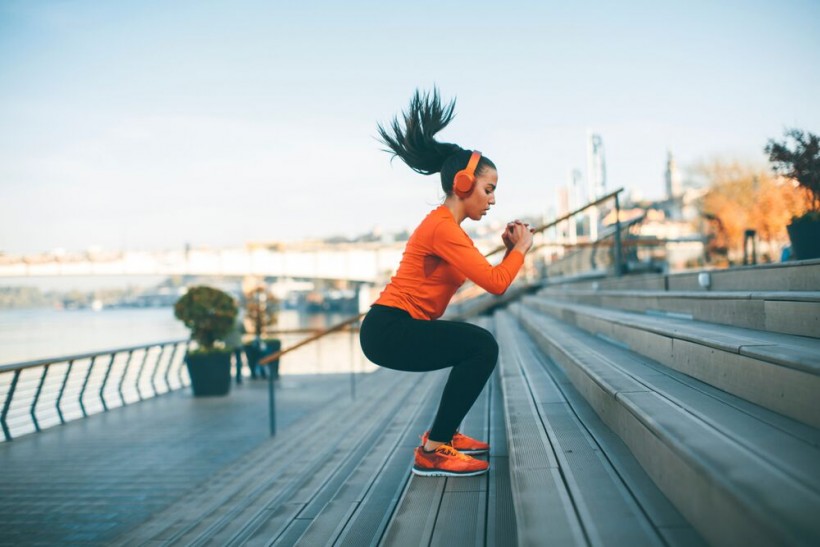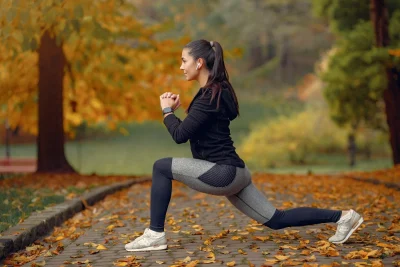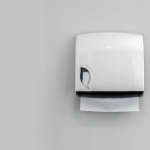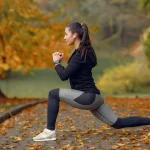What makes you fit?
Warning: Undefined variable $post in /home/dietofli/public_html/wp-content/plugins/code-snippets/php/snippet-ops.php(584) : eval()'d code on line 3
Warning: Attempt to read property "ID" on null in /home/dietofli/public_html/wp-content/plugins/code-snippets/php/snippet-ops.php(584) : eval()'d code on line 3
The estimated reading time is 4 minutes
Warning: Undefined variable $post in /home/dietofli/public_html/wp-content/plugins/oxygen/component-framework/components/classes/code-block.class.php(115) : eval()'d code on line 3
Warning: Attempt to read property "ID" on null in /home/dietofli/public_html/wp-content/plugins/oxygen/component-framework/components/classes/code-block.class.php(115) : eval()'d code on line 3

There are five aspects to fitness. These are cardiovascular fitness, how strong your muscles are, how long your muscles can endure a particular exercise, how flexible you are, and the composition of your body. In this article, we’ll unpack these and show how they contribute to your fitness levels.
Cardiovascular fitness
‘Cardiovascular fitness’ refers to how strong your heart and lungs are in terms of supplying blood to your muscles and taking in oxygen so that you can perform certain types of exercise such as cycling, running, and swimming. The longer you are able to perform these exercises, and the more intensely you are able to perform these exercises, the more fit – cardiovascular wise - you are.
How strong your muscles are
How strong your muscles are is measured according to the force a muscle can exert. Examples of strength exercises are the bicep curl, bench press, or leg curl. Personal trainers often use the push-up test to test the muscular strength of clients: the more push-ups they do in a minute, the stronger their muscles are.
The best way to improve your muscular strength is to embark on a weight lifting program either by yourself or with the aid of a personal trainer. Start off with lighter weights and concentrate on your form so that you don’t injure yourself. Be systematic with respect to how often you work the various muscle groups so that you maintain equal muscular definition.
How long your muscles can endure a particular exercise
The longer that you can perform a particular exercise without fatiguing, the better is your muscles’ endurance ability. Examples of exercises in which muscle endurance is tested include cycling as well as using the step and elliptical machines. To test muscular endurance and fitness, the sit-up test is used. (1)
How flexible you are
A person’s flexibility is determined by the range of motion that they can achieve in a particular joint. A very good exercise that tests flexibility is the lunge. The sit-and-reach test is the most common test used by biokinetics to test for flexibility.
To increase your flexibility, we suggest that you take up Yoga. This ancient form of exercise is based on a number of poses – or ‘asanas’ as these are called in Sanskrit – and the Yoga practitioner’s ability to hold them for a certain period of time. When you start your practice Yoga, chances are very good that you won’t be able to maintain the poses for very long. You may even fall over. However, as you practice, you’ll find that you will slowly improve. (2)
The composition of your body
The composition of your body is your ratio of fat to lean muscle mass, organs and bones. Taking skinfold readings is one of the most common methods of measuring body composition. It is said that you are healthier if you have a lower percentage of fat to lean muscle mass, organs and bones.
The good news is that you can actively increase your lean muscle mass by taking part in strength training and resistance training. Having a greater percentage of lean muscle mass in your body has the added benefit of increasing your body’s ability to burn fat, even while it is at rest.
Many rely on the body mass index (BMI) as a method of judging whether or not a person is overweight or underweight. The BMI is calculated by dividing a person’s height by their weight. A person’s height will determine the acceptable BMI ranges that they can be in.
This should only be taken as a guideline in terms of determining whether or not you’re over or underweight. For example, a man who is short but has a lot of muscle mass will be considered to have a very high BMI. However, his body composition is perfectly healthy. Thus, BMI should not be seen as the only determinant of one’s fitness.
As can be seen from the above, there are many, many types of fitness out there. Don’t get disheartened if you are brilliant in one aspect of fitness but, however, are not so hot in another aspect. This is something that you can work on. You shouldn’t see this as being a black mark against your name.
There is no black and white when it comes to fitness. Your personal circumstances such as disease and disabilities that you may experience will influence your fitness capabilities. So when you decide to embark on your fitness journey, take these into account and advise the personal trainer or biokineticist that you decide to go and see. They will be able to develop a plan that works for you.














